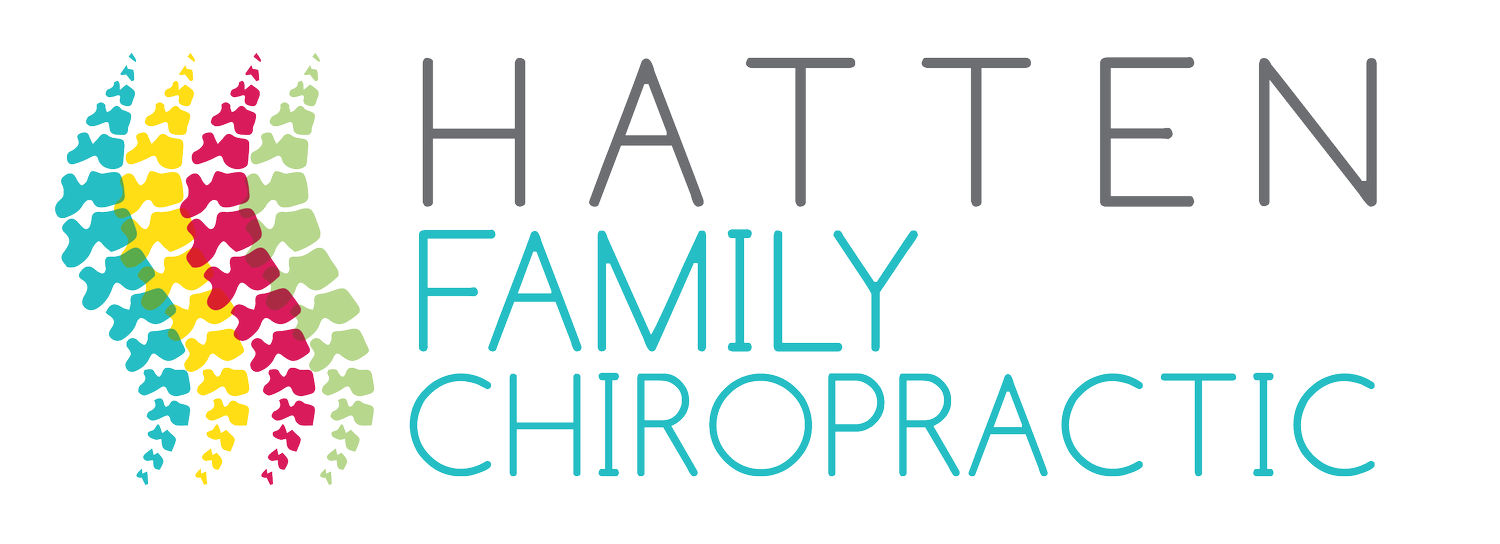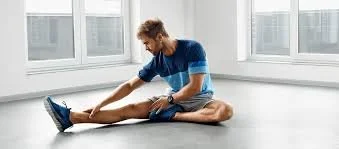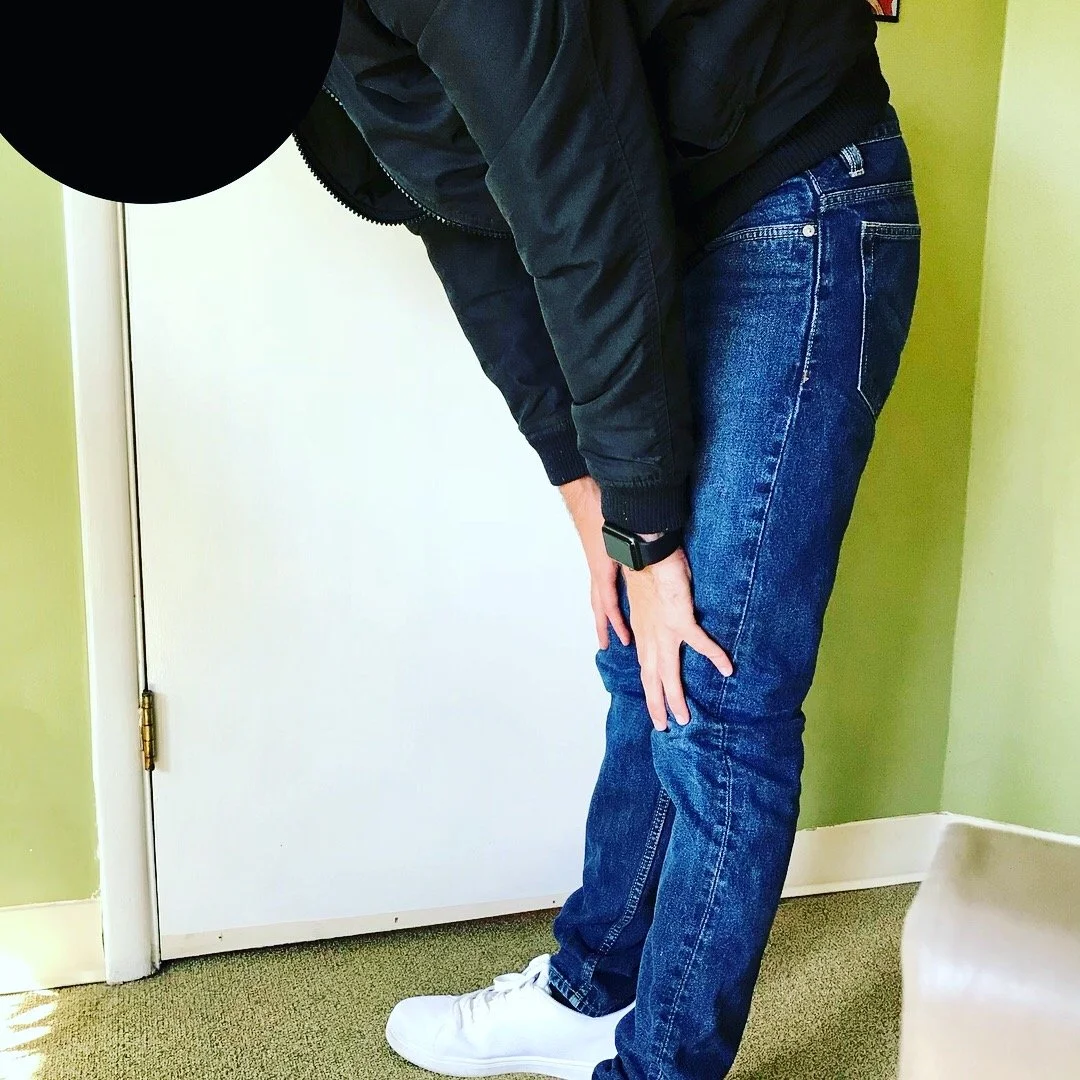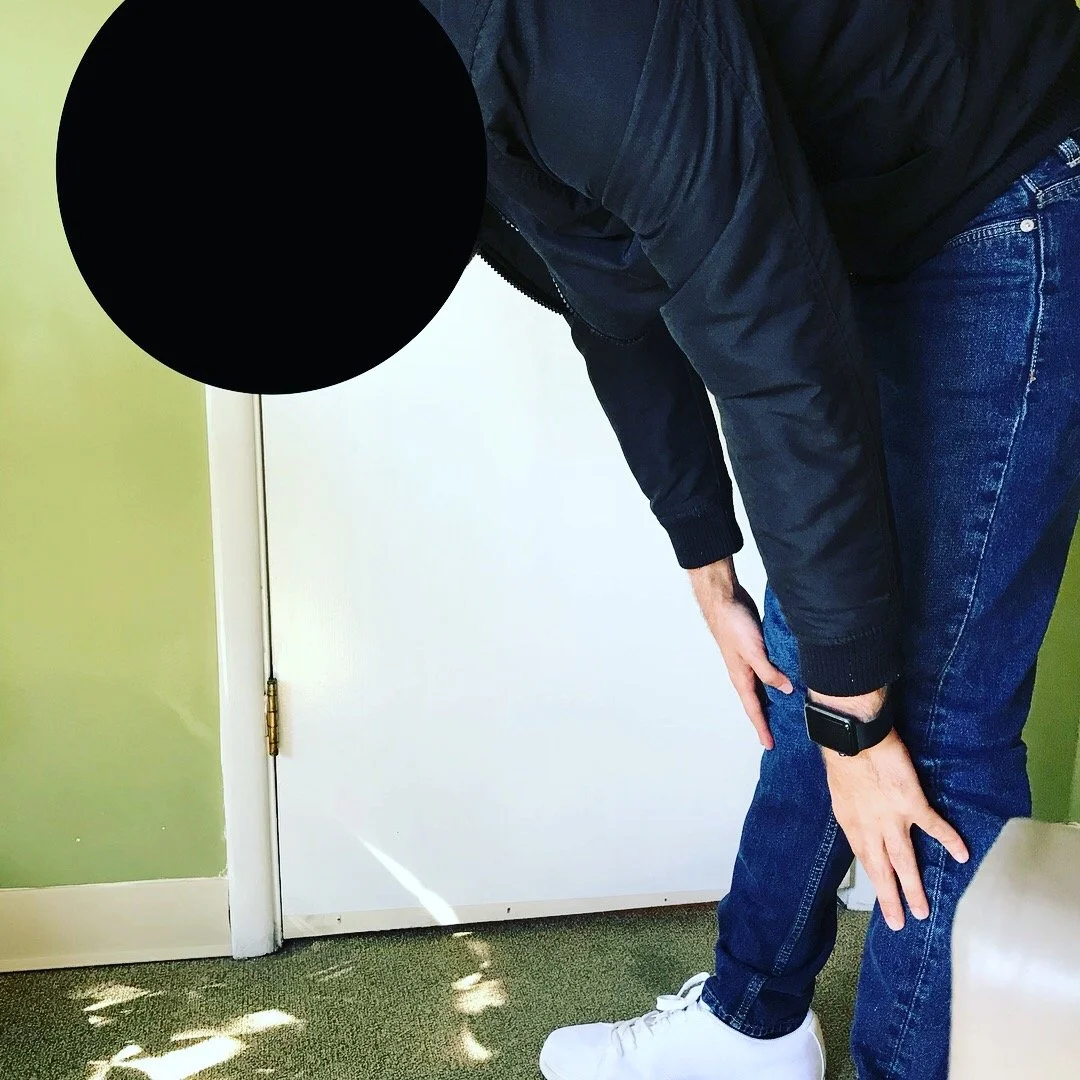Chiropractic care even when you don't hurt!
Muscles involved in the posterior chain include the calves, hamstrings, glutes, and the intrinsic back and neck muscles.
Hey health family!
When people find out that I’m a chiropractor, I usually hear one of two stories. First, I’ll hear about some ache or pain and how the person would really love to find a healthy solution rather than resorting to only treating symptoms by taking pain medication. The second thing that I hear is that the person doesn’t have any pain, but if they ever do, they’ll come in for an appointment.
That’s one of my favorite things to hear because it allows me to talk to people about the amazing benefits that chiropractic care can bestow, even if you’re not having any pain!
I want to reintroduce you to a patient that I had last year. For the sake of this blog post, we’ll call him Adam. Adam came to me, not because he had back pain or headaches, but because he wanted to be more flexible. He had always had trouble with his flexibility, and he wanted to see if a complimentary alternative medical provider could help him.
I asked Adam to reach down and touch his toes, and this is as far as he could reach. We repeated the test several times to “warm him up,” and I took this picture of how far he could reach.
Adam, before his adjustment, can barely reach down to his knees. He has extreme tightness in his hamstrings and in his lower back.
I was honestly pretty surprised to see how limited the range of motion in his low back was, given his lack of a history of injuries and a lack of a history supporting any more serious condition. However, after a thorough examination, I determined that most of his dysfunction came from a chronically tight and mis-firing posterior kinetic chain.
Kinetic chains are groups of muscle and fascia that wrap up and down and around the body and allow us to make coordinated complex movements, like bending forward to touch your toes. While it seems like a very simple motion, it can be really challenging when your muscles are hyper-tense or aren’t firing correctly.
After the exam, I adjusted Adam’s pelvis and his lower back to remove subluxations, or misalignments. I also worked on relaxing his hamstrings, QLs and calves. After I was done, I had him retest his forward fold. I was blown away at the immediate difference. We had an increase of about four inches in the span of maybe ten minutes!
Look at how much further he can forward fold now without bending his knees! He is reaching half-way down his shin!
This was the most dramatic result I have seen in my office after just one adjustment. However, I have taken patients like Adam with similarly limited ranges of motion and have gotten them where they could touch their toes over the course of a six-week treatment plan.
Just because you don’t have pain doesn’t mean that your body couldn’t perform better. Are you lifting? Are you working out? Do you feel like you can lift more easily on one side than the other? Or one side always feels like it’s dragging behind the other? Maybe you just want to improve your performance in the gym or in your sport. Chiropractic can help you go harder, longer and stay healthier while you’re doing it. Come get adjusted today!
Yours in health,
Dr. William




